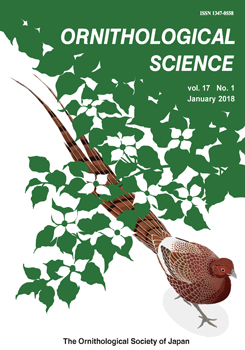The Canary Islands hold an exceptional number of endemic taxa including six endemic bird species. Over the last few decades, a plethora of information has emerged about colonisation, diversification and extinction of birds in the Canary Islands demonstrating certain evolutionary processes occurring on this oceanic archipelago. However, advances in studies of the biology and ecology of these taxa have been very limited. To discriminate male and female individuals is an important issue in many studies of avian ecology such as dispersal and parental care. Here I provide a rapid, low-cost and robust method for sex determination in the endemic Canary Island Chiffchaff Phylloscopus canariensis. This method was built using eight morphological traits, and sex determination is based on molecular markers from 207 individuals. Discriminant Function Analysis (DFA) correctly classified 98.1% of the grouped cases. The most explanatory variables obtained in the DFA were the tarsus, wing, and tail lengths. In addition, a MANOVA analysis showed that males were significantly larger than females in all measured traits. Overall, the method proposed is highly efficient and accurate for sexing this endemic bird species in the hand.
How to translate text using browser tools
1 January 2018
Sex Determination of the Canary Island Chiffchaff Phylloscopus canariensis Using Morphological Traits and Molecular Sexing
Eduardo González Melián
ACCESS THE FULL ARTICLE

Ornithological Science
Vol. 17 • No. 1
January 2018
Vol. 17 • No. 1
January 2018
Biometry
Canary Islands
discriminant function analysis
molecular markers
sexual size dimorphism




